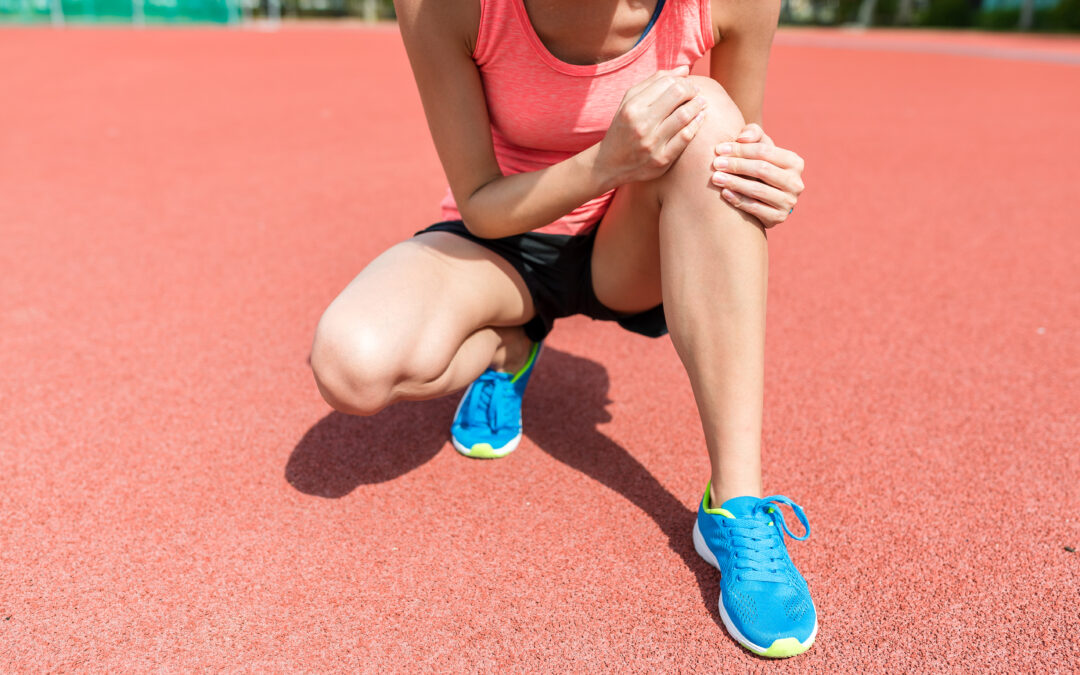Dealing with knee pain when bending can be frustrating and disruptive to our daily lives. Whether it’s a sharp twinge or a persistent ache, knee discomfort can affect our mobility and overall quality of life. In this blog, we’ll explore the common causes of knee pain when bending, effective treatments, preventive measures, and the importance of seeking professional help from Avella Pain Clinic.
Understanding Knee Anatomy and Function
Before we dive into knee pain, let’s briefly understand how our knee joint works. The knee is a complex joint that connects the thigh bone (femur) to the shin bone (tibia) and the kneecap (patella). It plays a crucial role in our mobility, allowing us to walk, run, jump, and, of course, bend our knees.
When we bend our knee, various structures come into play, including bones, cartilage, ligaments, and tendons. Any disruption to these components can lead to knee pain when bending.
Common Causes of Knee Pain When Bending
Patellofemoral Pain Syndrome (PFPS): PFPS is a condition where the cartilage under the kneecap becomes irritated, causing pain during activities that involve bending the knee, such as climbing stairs or squatting.
Meniscus Tears: The meniscus is a wedge-shaped cartilage in the knee that acts as a cushion. Tears in the meniscus can cause pain and discomfort when bending the knee.
Osteoarthritis: This degenerative joint disease can lead to knee pain and stiffness, particularly when bending the knee.
Ligament Injuries: Injuries to the ligaments, such as the anterior cruciate ligament (ACL) or medial collateral ligament (MCL), can result in knee instability and pain when bending.
Medical Conditions and Knee Pain
Apart from injuries and wear and tear, certain medical conditions can also contribute to knee pain when bending:
Rheumatoid Arthritis: An autoimmune disease that can affect the knees, causing inflammation and pain during movement.
Gout: A type of arthritis that leads to the accumulation of uric acid crystals in the knee joint, resulting in pain and swelling.
Bursitis: Inflammation of the bursa sacs in the knee can cause pain and discomfort when bending.
Treating Knee Pain When Bending
Treating knee pain requires a comprehensive approach to address the root cause and provide relief. Some effective treatments include:
Rest and Ice: Resting the knee and applying ice can help reduce inflammation and alleviate pain.
Physical Therapy: Targeted exercises can strengthen the muscles around the knee, improving stability and flexibility.
Medications: Over-the-counter pain relievers and prescription medications can provide temporary relief from knee pain.
Injections: Corticosteroid and hyaluronic acid injections can help reduce inflammation and provide longer-lasting pain relief.
Surgery: In severe cases, surgical intervention may be necessary to repair damaged knee structures.
Preventive Measures for Knee Pain
Prevention is always better than cure. Here are some preventive measures to maintain knee health and prevent knee pain:
Strengthening Exercises: Engaging in regular exercises to strengthen the muscles around the knee can provide stability and support.
Proper Form: Maintaining correct posture and bending techniques during physical activities can reduce strain on the knee.
Warm-up and Cool-down: Always warm up before exercise and cool down afterward to prepare and protect your knees.
Avoiding Overuse: Avoid activities that put excessive strain on the knee, especially if you are prone to knee pain.
Lifestyle Changes for Knee Health
Certain lifestyle changes can significantly improve knee health and reduce the risk of knee pain:
Weight Management: Maintaining a healthy weight can reduce the stress on your knee joints and minimize knee pain.
Choosing the Right Footwear: Wearing supportive and comfortable footwear can help reduce knee strain.
Low-Impact Activities: Opt for low-impact exercises like swimming or cycling to protect your knees during workouts.
When to Seek Professional Help
If knee pain when bending persists, worsens, or significantly impacts your daily life, it’s crucial to seek professional help. Avella Pain Clinic’s team of experts can accurately diagnose the underlying cause of your knee pain and develop a personalized treatment plan to address your specific needs.
Conclusion
Knee pain when bending can be challenging, but with proper understanding, preventive measures, and expert guidance from Avella Pain Clinic, you can take control of your knee health. Remember, early intervention and seeking professional help are essential in managing knee pain effectively and getting back to the activities you love.
Book a consultation
The information provided in this blog post is for educational purposes only and is not intended as a substitute for professional medical advice, diagnosis, or treatment. Always seek the advice of your physician or other qualified health provider with any questions you may have regarding a medical condition. Never disregard professional medical advice or delay in seeking it because of something you have read in this blog post.
The author and publisher of this blog post are not responsible for any specific health or allergy needs that may require medical supervision and are not liable for any damages or negative consequences arising from the use or misuse of the information provided herein.
The mention of specific medical treatments, medications, or healthcare providers in this blog post does not constitute an endorsement or recommendation by the author or publisher. Individual results may vary, and the appropriateness of a particular treatment or course of action should be determined by a healthcare professional.
It is important to note that medical knowledge is constantly evolving, and new information may emerge that could change the accuracy or relevance of the information provided in this blog post.
Sources:
Mayo Clinic – Patellofemoral Pain Syndrome: https://www.mayoclinic.org/diseases-conditions/patellofemoral-pain-syndrome/symptoms-causes/syc-20350792
American Academy of Orthopaedic Surgeons – Meniscus Tears: https://orthoinfo.aaos.org/en/diseases–conditions/meniscus-tears/#:~:text=Acute%20meniscus%20tears%20often%20happen,is%20more%20prone%20to%20tears.
Mayo Clinic – Osteoarthritis: https://www.mayoclinic.org/diseases-conditions/osteoarthritis/symptoms-causes/syc-20351925
American Academy of Orthopaedic Surgeons – Anterior Cruciate Ligament (ACL) Injuries: https://orthoinfo.aaos.org/en/diseases–conditions/anterior-cruciate-ligament-acl-injuries/
Arthritis Foundation – Rheumatoid Arthritis: https://www.arthritis.org/diseases/rheumatoid-arthritis
Mayo Clinic – Gout: https://www.mayoclinic.org/diseases-conditions/gout/symptoms-causes/syc-20372897

